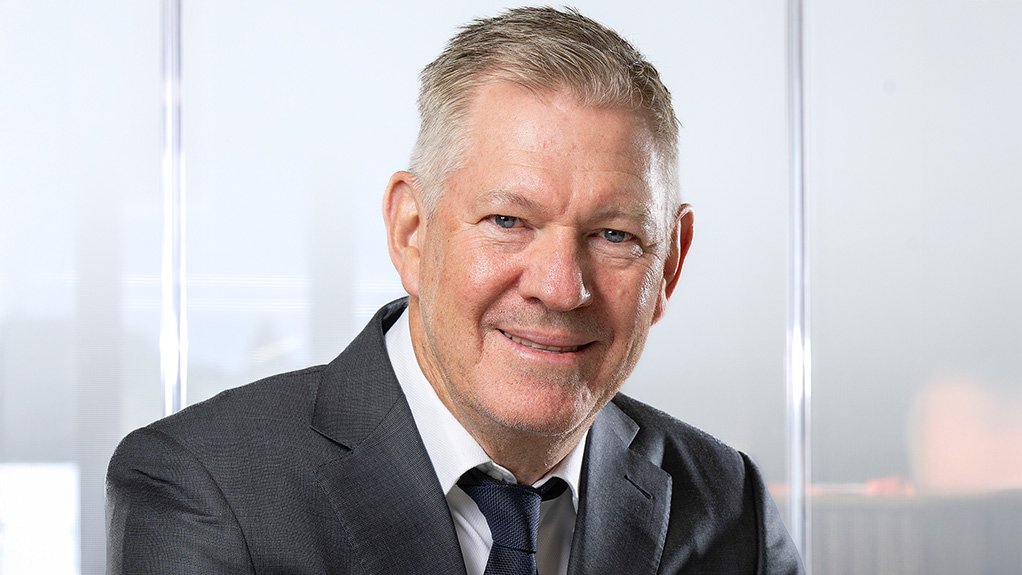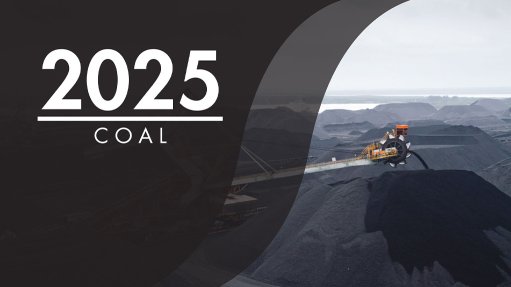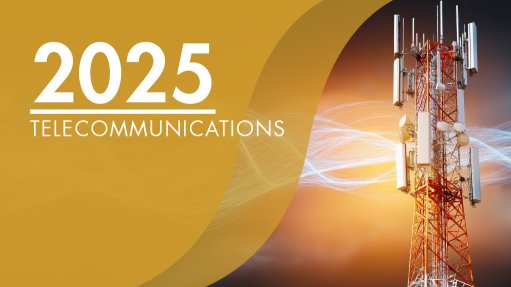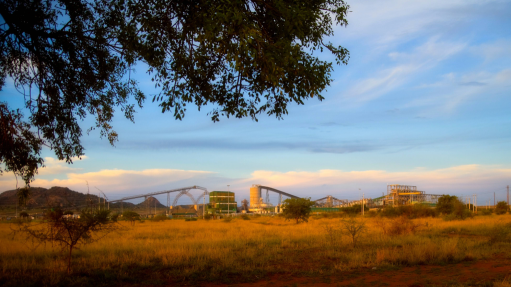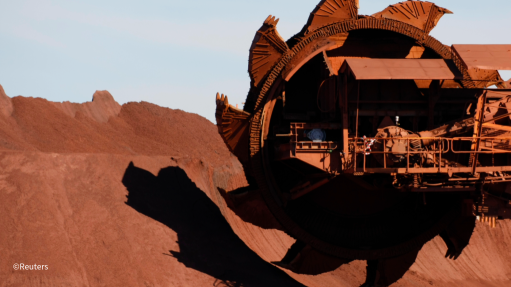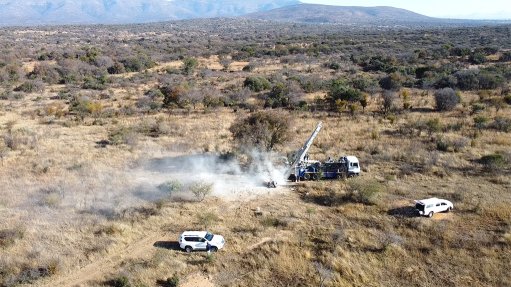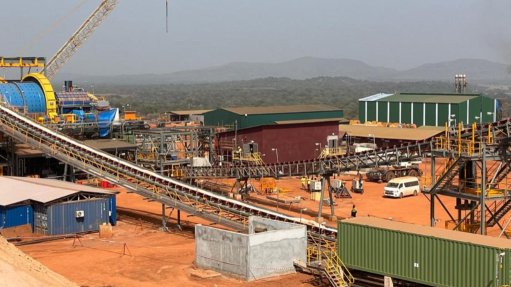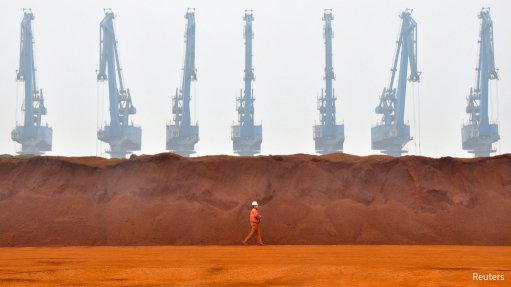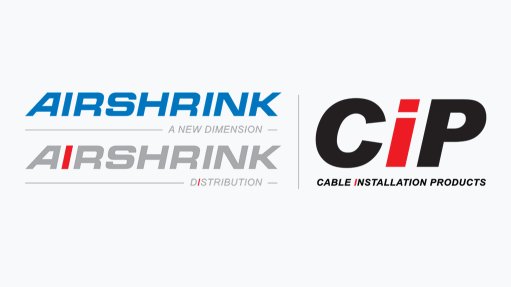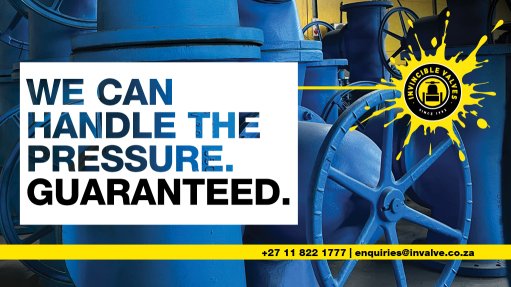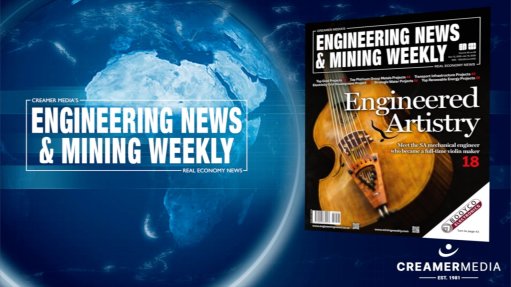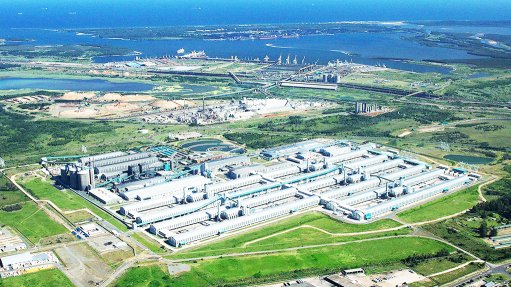Strong gold price benefiting Gold Fields amid advances in Chile, Canada, Australia
JOHANNESBURG (miningweekly.com) – The benefit of the strong gold price is playing out for Gold Fields, which is generating steady cash and deleveraging the balance sheet, the first-quarter’s $335-million dividend payout notwithstanding.
The Johannesburg Stock Exchange-listed gold mining company is focused on the ramping up of the Salares Norte gold project in the Atacama region of northern Chile.
It is advancing the half-owned Windfall gold project in Québec, Canada, and is gaining the full ownership of the Gruyere gold mine life in Western Australia through acquisition.
In Ghana, engagement is under way not only around the Damang mine but also to gain more resource at the Tarkwa gold mine, while in South Africa, the key focus at the big 80-year-life mechanised South Deep gold mine west of Johannesburg, is incremental improvement, with no major near-term step up on the cards.
Studies are, however, being completed that could result in a near doubling of South Deep’s Khanyisa solar energy plant through the establishment of an additional 25 MW capacity of sun energy. The use of a battery module of around 8 MWh is also planned for possible implementation next year, but being extended out is the wind energy study, which is now envisaged for completion a few years beyond 2026.
In the first quarter, South Deep delivered a 24%-higher year-on-year 72 200 oz and is on track to meet full-year 280 000 oz to 305 000 oz guidance. South Deep’s all-in costs were a 10%-better $1 737/oz. Capital expenditure (capex) at South Deep decreased by 42% to R431-million ($23-million) while total capital capex at Granny Smith in Western Australia was a 97%-higher A$54-million ($34-million) in the March quarter, when lower gold sold and increased capex resulted in 49%-higher all-in costs to A$2 494/oz (US$1 566/oz).
Given where gold prices appear to be heading, Gold Fields is commencing preparation for the application to extend the Tarkwa mine leases that are due for renewal in 2027. If gold prices hold at a much higher level than current reserve prices, opportunities to extend Tarkwa’s mine life are seen as being probable, Gold Fields CEO Mike Fraser outlined during a media round table on Tuesday, where Mining Weekly put these questions:
Mining Weekly: Are there currently factors at play that could conceivably keep this good price in a re-set position?
Fraser: At the price that we're receiving today, it's very good days for people who are investing in gold and in particular for Gold Fields’ shareholders. I think we've seen the real benefits of the ability to pay very good returns to shareholders through our dividend policy, but also achieve capital returns because there's a lot more interest coming into the gold sector. For us, though, what is very important is that we don't get caught up with the hype of where gold can go, because what is really important for us is that we build a high-quality, long-term, sustainable business, and that’s never based on poor investment decision-making. Our objective is to use these windfall gains that we’re having and the higher cash flows to really reset our business for the long term, but equally, make sound investment decisions that deliver positive and improving shareholder returns over time. Having said that, I think there's very conceivably a thesis that can be made for a stronger gold price that is set at a higher level than what we would have anticipated a few years ago. I think there's a number of factors at play here, not least of which is the world is in a very difficult place, with a lot of contestation on trade, physical wars taking place, and gold is really playing its part as being that historical safe haven store of value. You're seeing a lot of money being allocated to the gold sector as essentially an insurance for a very uncertain fiscal world that exists. In addition, you're seeing a lot of the cheap money that was pumped out into the US, through the US system during Covid, really coming to bear, and the US’s role of being the pacesetter maybe being questioned, and is the dollar really the long-term store of value, which again, plays into a role that gold can play. Secondly, you're also seeing a lot of central bank buying, which continues, which again is that trade out of US treasuries into alternatives. With all of those factors, it's really hard to see a world where those all unwind in the near term, so we certainly think that gold has got a way to play. But in the long-term planning for our business, I can tell you that we plan for a much, much lower gold price, and if you think about consensus pricing of analysts today, which is around $2 300/oz. It's nearly $1 000 below the current price, and even that is probably a little bit higher than our reserve pricing and how our long-term planning assumptions play out. We are a lot more conservative than where the current gold price is at but the longer that the gold price holds, the more our shareholders would definitely benefit from it, and it allows us to also reinvest in our business for the long term.
Is there anything more that can be considered for South Deep at this good gold price that was out of the question in the past?
South Deep is a long-life asset, and what's really important in managing a long-life asset like South Deep is that we do things incrementally. We plan it well and we execute work well and trying to take advantage of short-term opportunities really comes down to getting our mining process right, which is where we've had challenges in the past, on stope turnaround. We've got more capacity so if we had more ore feed, we could absolutely put more ore through the plant and deliver more gold. But our real constraint underground has really always been around our mining process, and the way that we have been addressing that for the long term is to look at additional mining domains in order to provide additional ore feed. Our most extensive and significant strategic project for South Deep is South of Wrench, which would access an entirely new mining domain and provide potentially additional ore into the plant. But that's probably only in the early 2030s so it's quite a way away for us to get to that. In the interim, our key focus for South Deep is just slow, incremental improvement, and unfortunately a big step up in the near term is probably less likely for South Deep, and probably something that would probably be more harmful for their continued improvement journey.
Has South Deep progressed any further in being able to take an additional renewable-energy decision beyond the mine’s original Khanyisa solar plant?
We are progressing and we’ve got plans for additional investments in 2026, so we’re just completing the studies on that. We expect to nearly double the Khanyisa solar plant, so put probably an additional 25 MW into that. We also plan to put a battery module in as well of around 8 MWh, which allows us to extend the utilisation of the solar. We expect that in 2026. We've also been doing the wind study, but we expect that now to probably push back a little bit later, so probably see that coming in a few years later. But that's our priority at South Deep for 2026.
Can it now be assumed that South Deep’s backfill leakage and handling issues are a thing of the past and what is the highest grade one can expect from South Deep?
On the backfill leakage issue, I think the teams have done really good work over the last couple of quarters to get on top of that challenge. There is still an opportunity for us to increase stope turnaround and increase where the mining ounces are going to come from but what we have seen is consistency in the performance and certainly the handling of backfill is being dealt with very well by the team, so I think we’re in a good space, but there's still a lot of opportunity for us to continue to improve. On the grade, what we do for South Deep is we plan over the full life of the asset, and I think our average reserve grade is around 5.5 g/t, and that's largely what you should see out of South Deep. For an underground mine, it's relatively low grade but high-volume, and because of the type of activity we run there, we can still run this really successfully.
ST IVES AUSTRALIA
Included in non-sustaining capex is A$167-million ($110-million) for a renewable power project at St Ives, in Western Australia. Group capex for the year is expected to be from $1 490-million to $1 550-million. Sustaining capital is expected to be from $940-million to $970-million. Total capex at South Deep was $23-million.
Gold Fields’ net debt reduced to $1 981-million at the end of the 2025 first quarter, primarily driven by the higher gold price and partially offset by payment of the final dividend of $346-million. The healthy balance sheet’s net debt to earnings was a lower 0.59x compared with 0.73x at the end of the last quarter of last year.
Article Enquiry
Email Article
Save Article
Feedback
To advertise email advertising@creamermedia.co.za or click here
Press Office
Announcements
What's On
Subscribe to improve your user experience...
Option 1 (equivalent of R125 a month):
Receive a weekly copy of Creamer Media's Engineering News & Mining Weekly magazine
(print copy for those in South Africa and e-magazine for those outside of South Africa)
Receive daily email newsletters
Access to full search results
Access archive of magazine back copies
Access to Projects in Progress
Access to ONE Research Report of your choice in PDF format
Option 2 (equivalent of R375 a month):
All benefits from Option 1
PLUS
Access to Creamer Media's Research Channel Africa for ALL Research Reports, in PDF format, on various industrial and mining sectors
including Electricity; Water; Energy Transition; Hydrogen; Roads, Rail and Ports; Coal; Gold; Platinum; Battery Metals; etc.
Already a subscriber?
Forgotten your password?
Receive weekly copy of Creamer Media's Engineering News & Mining Weekly magazine (print copy for those in South Africa and e-magazine for those outside of South Africa)
➕
Recieve daily email newsletters
➕
Access to full search results
➕
Access archive of magazine back copies
➕
Access to Projects in Progress
➕
Access to ONE Research Report of your choice in PDF format
RESEARCH CHANNEL AFRICA
R4500 (equivalent of R375 a month)
SUBSCRIBEAll benefits from Option 1
➕
Access to Creamer Media's Research Channel Africa for ALL Research Reports on various industrial and mining sectors, in PDF format, including on:
Electricity
➕
Water
➕
Energy Transition
➕
Hydrogen
➕
Roads, Rail and Ports
➕
Coal
➕
Gold
➕
Platinum
➕
Battery Metals
➕
etc.
Receive all benefits from Option 1 or Option 2 delivered to numerous people at your company
➕
Multiple User names and Passwords for simultaneous log-ins
➕
Intranet integration access to all in your organisation



